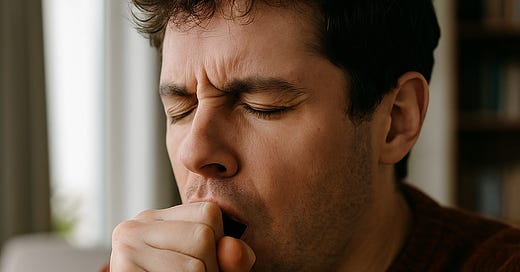🔬 Why Cannabis Makes You Cough — And What You Can Do About It
What it says about your method, your materials—and your body.
The Cough Nobody Talks About (But Everyone Knows)
It’s one of the most common side effects in cannabis care—and one of the most ignored. Whether you’re hitting a joint, puffing on a sleek vape, or going full volcano-mode with a dry herb rig, odds are you’ve coughed. Hard. And probably more than once.
But here’s the thing: That cough? It’s not just “a thing that happens.” It’s your lungs waving a bright red flag. The surprising part is how little attention this gets in the medical cannabis space. We hear endless talk about strains and terpenes, but when it comes to health knowledge or the impact of airway mechanics? Crickets.
So I took the plunge. I went deeper than any sane person probably should—into the science of temperature, chemical irritants, aerosol behavior, neural reflexes, and all the gnarly truths about inhaled cannabis. And what I found wasn’t just interesting—it was actionable.
This post is the streamlined version for anyone who’s ever coughed mid-hit and thought, “Is this n…
Keep reading with a 7-day free trial
Subscribe to Doctor Approved to keep reading this post and get 7 days of free access to the full post archives.





